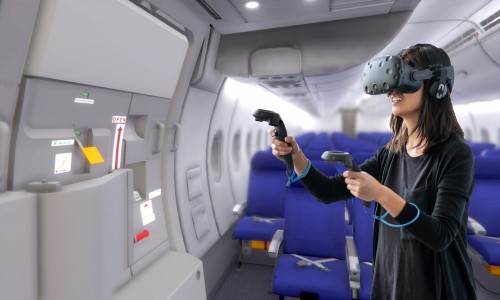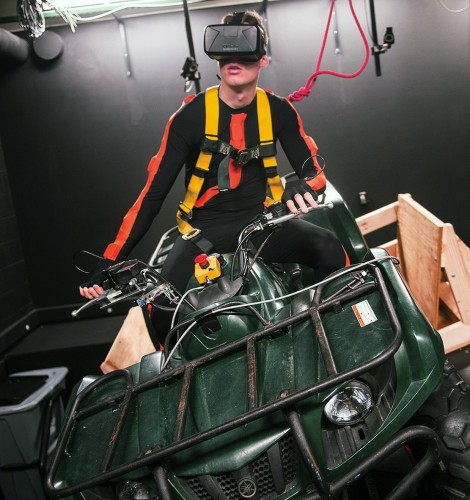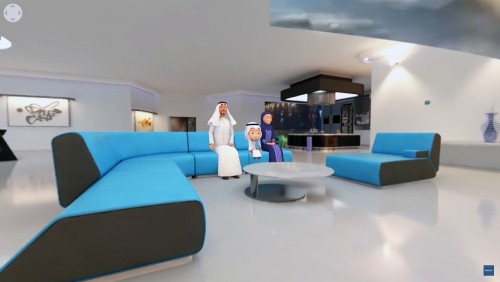Virtual Reality Therapy Grows in Popularity Among Mental Healthcare Professionals

Virtual Reality Therapy
Virtual reality therapy has been on the rise in popularity among mental health care professionals. A recent study from the American Psychological Association found that VR therapy is being used to treat a variety of conditions including PTSD, anxiety, and addiction.
What's more, it's a more affordable option for those with low-incomes or without access to insurance coverage. The move towards virtual reality therapy is the latest example of the way technology is changing mental health care. Doctors are taking advantage of video chat services like Skype to offer remote therapy sessions at a reduced cost. These services are more accessible than ever before and allow people to get treatment when they need it most, instead of waiting for an appointment or struggling to find an in-person therapist in their area.
Specialized care
One of the most appealing benefits of virtual reality therapy is that it offers specialized care for those who might not be able to afford it otherwise. VR therapy has been shown to be an affordable option for those without insurance coverage or with low-incomes. This makes it a much less expensive option than in-person therapy, which can cost hundreds of dollars per session.
Additionally, virtual reality therapy is more accessible than traditional in-person sessions because patients can receive treatment without leaving their homes, which means they don't have to leave their jobs or family obligations behind to see a therapist.
Affordable care
…for those without insurance
Compared to traditional therapy, virtual reality therapy is a more affordable option. Those who don't have insurance coverage or who can't afford to pay out-of-pocket can use these services and get the care they need.
Virtual reality therapy is also more accessible than ever before. With video chat, mental health professionals can offer remote sessions at a reduced cost. This service is easier to access than an in-person therapist in person and gives people access to care when they need it most.
As technology continues to improve, so do the methods of mental health care. Dr. Jennifer Golbeck, director of research for Intel Science and Technology Labs' Social Computing Group, says that the "next step will be computers that actually interact with us in real-time."
Advantages of virtual reality therapy
- Virtual reality therapy is an affordable therapeutic option.
- Virtual reality therapy is accessible for those without access to in-person therapists.
- The immersive nature of virtual reality can offer a more effective treatment process.
- VR technology offers more realistic simulations than traditional counseling methods.
Challenges of virtual reality therapy
Although virtual reality therapy is a promising treatment, it's not without its drawbacks.
As with any form of mental health care, the effectiveness of virtual reality therapy depends on the individual.
Some people who have tried VR therapy say that it has provided them with relief from symptoms or has even helped them recover from their condition completely. Others are not so sure about the benefits of using this new technology.
They may feel as though being immersed in another world is too much for them to handle. It can be difficult to manage the stress that results from interacting with a digital environment, which can lead to adverse effects like dizziness and confusion.
Additionally, there are some aspects of VR therapy that cannot be replicated by this type of digital experience alone. For example, some experts believe that traditional talk therapy sessions are essential for managing certain mental health conditions like depression or anxiety because they provide an opportunity for patients to speak openly about their issues without fear of judgment or stigma. These sessions are often more beneficial than virtual reality ones because they offer a level of interaction unavailable through other methods.
Conclusion
Virtual reality therapy is growing in popularity among mental health professionals. The advantages of virtual reality therapy are that it is affordable, easy to access, and specialized care. The challenges of virtual reality therapy are that it is difficult to live in a simulated world for long periods of time, access to high-quality equipment, and the lack of research.







 Call
Call
 Mail
Mail